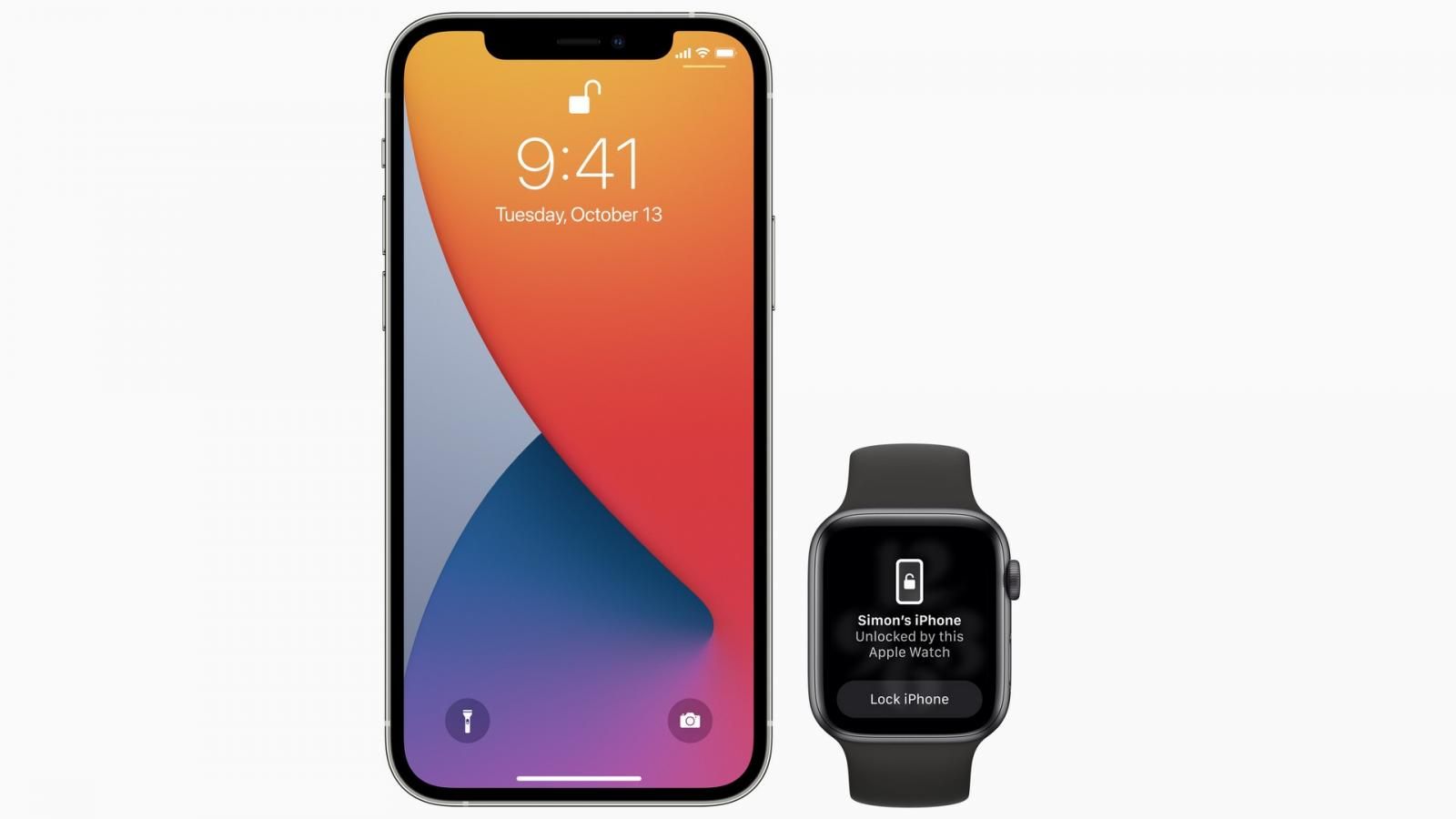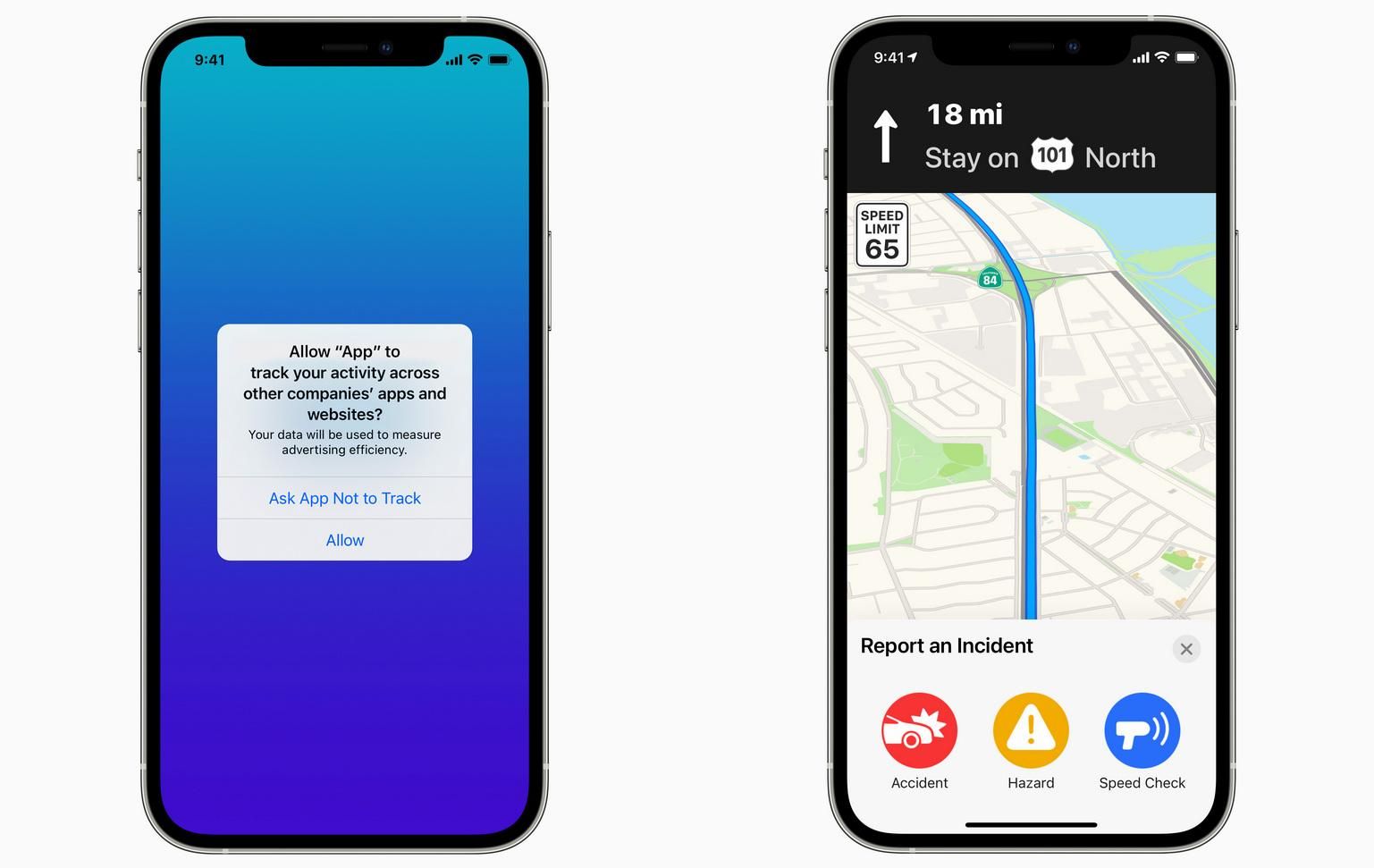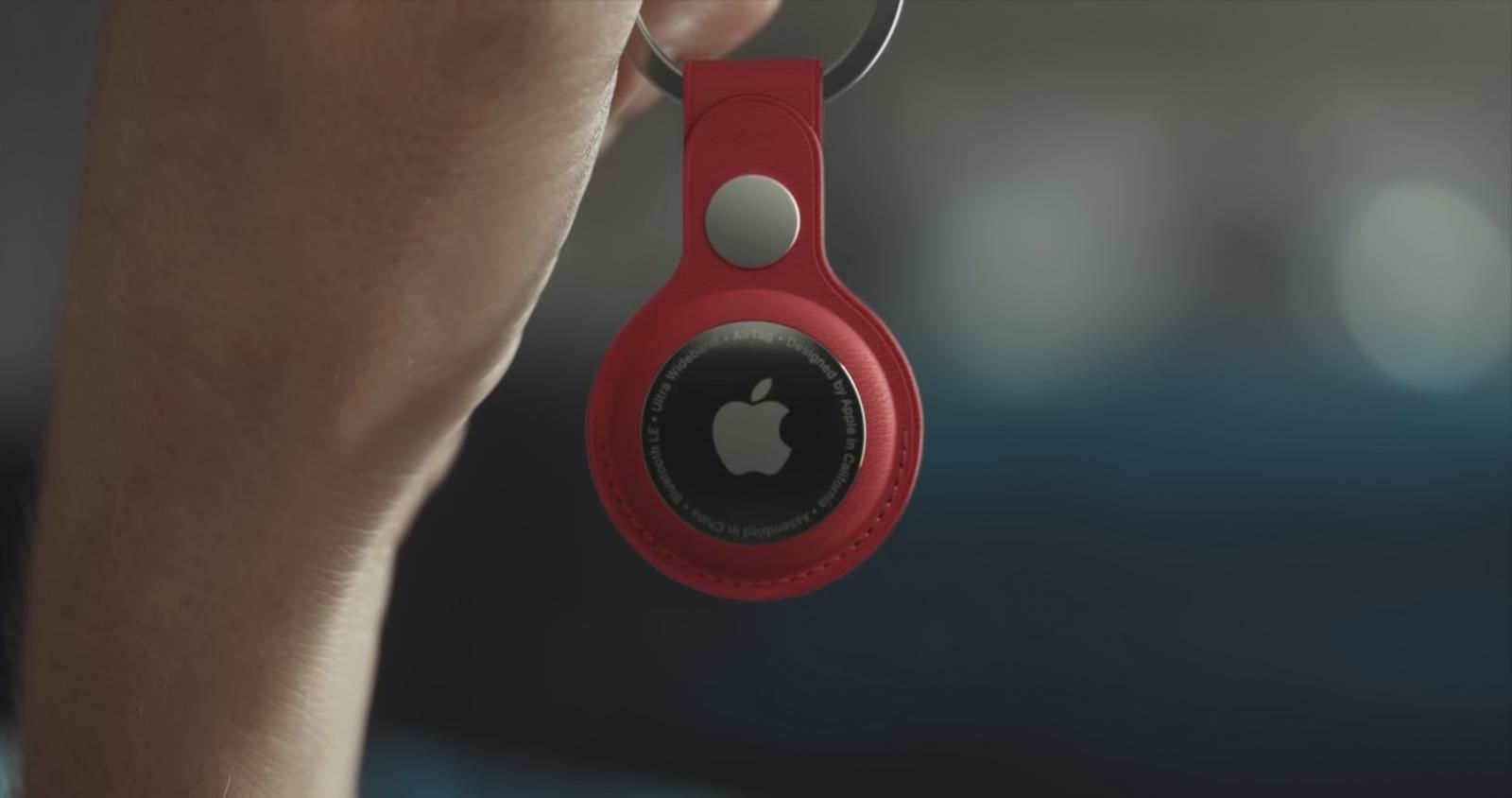Apple has just released the iOS 14.5 update via the stable channel. Almost all the features that arrive with the latest update have already been documented during the beta testing phase. In case you missed the coverage, here is a quick rundown of everything new that iOS 14.5 brings to the table:
So, Apple received some criticism over the unlocking mechanism on iPhones as Face ID simply didn’t work with masks. Thanks to iOS 14.5, there is now a way to avoid the annoyance, as users can now unlock their iPhone with an Apple Watch. However, you need an iPhone X or a later model with Face ID, and the Apple Watch Series 3 or a successor to take advantage of the feature.
App Tracking Transparency and reporting feature in Maps is here.
One of the biggest changes to arrive with iOS 14.5 is App Tracking Transparency, which makes it mandatory for apps to take explicit permission from users for tracking them. Users will have a choice if they want to see personalized ads and have their activities tracked. The update also adds support for the AirTag object tracker that Apple launched earlier this month.
Moreover, dual-SIM 5G support has finally arrived for the iPhone 12 series phones. With iOS 14.5, Siri now lets you choose from a total of four voices, and it now sounds more natural, thanks to Neural Text to Speech technology. Plus, the AI assistant can also start group FaceTime video calls, and gains support for announcing incoming calls via compatible audio devices such as AirPods and Beats branded headphones.
iOS 14.5 adds support for AirTag object tracker
Additionally, Apple Maps will now allow users to report an accident, speed check, and hazards they come across during their journey. When navigation mode is enabled on iPhone or CarPlay, users can simply summon Siri and utter relevant voice commands such as “Hey Siri, there’s a crash ahead.” Users can also do the job of reporting manually using the new Report an Issue feature in Maps.
Listed below are a few other changes introduced by iOS 14.5:



